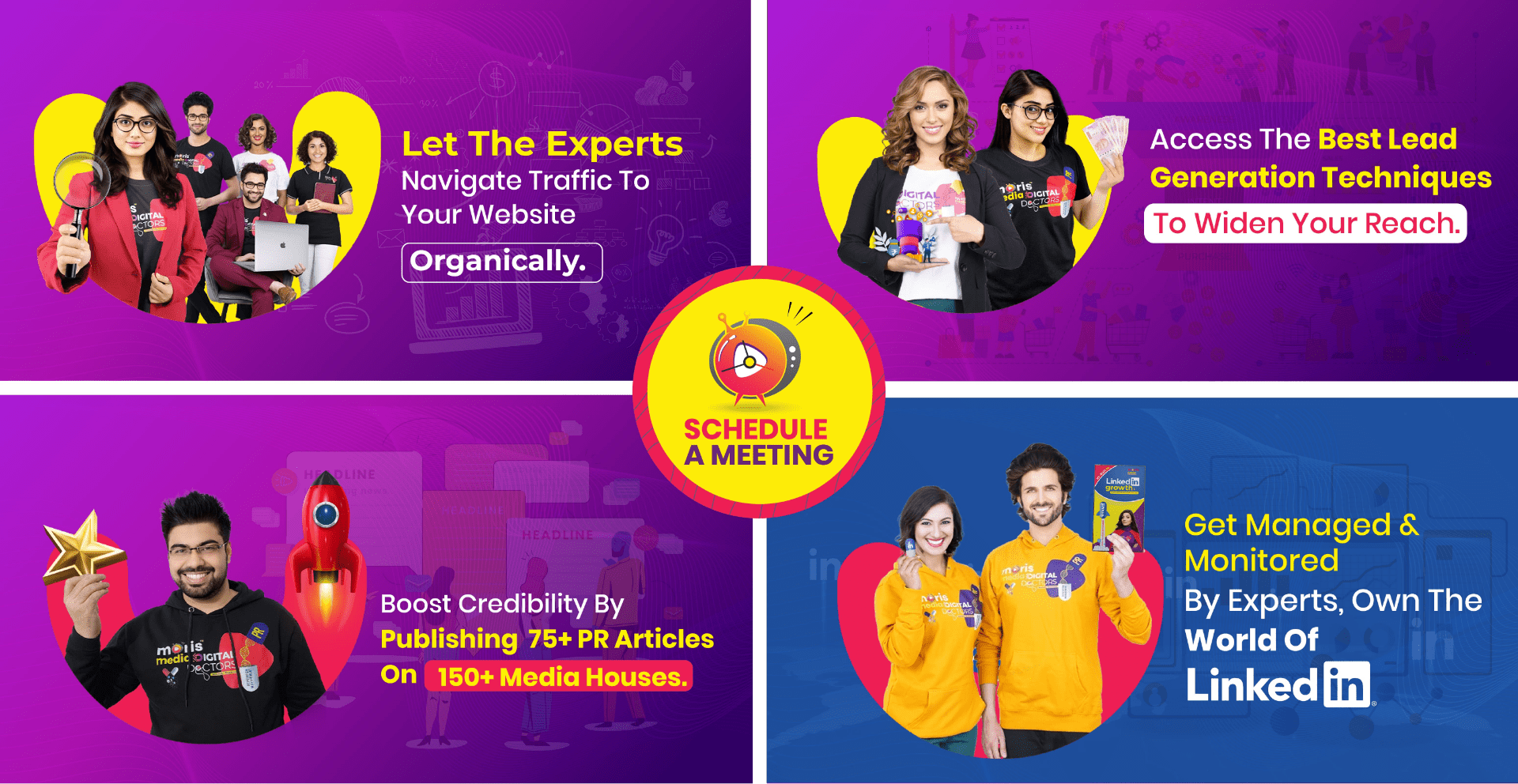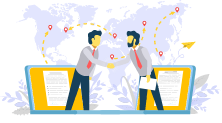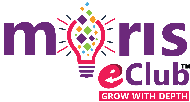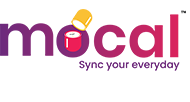Frequently Asked Questions
A meta description is a type of HTML tag that provides a brief summary of a web page's content. It appears below the title tag in search engine results pages (SERPs) and provides users with an idea of what they can expect to find on the page. While meta descriptions do not directly impact search engine rankings, they can influence click-through rates and therefore indirectly impact SEO.
Optimizing your meta descriptions is essential for improving your website's search engine rankings and attracting more organic traffic to your site and Moris Media suggests some ways in which you can execute the same.
Include your target keyword: Including your target keyword in your meta description can help to signal to search engines what your page is about. Try to include your target keyword in a natural and compelling way.
Keep it concise: Keep your meta description under 160 characters to ensure that it displays properly in search engine results pages (SERPs). Longer descriptions may be truncated, which can reduce their effectiveness.
Use a compelling call-to-action: Use a call-to-action (CTA) in your meta description to encourage users to click through to your page. Use action words like "Discover," "Learn," or "Find out more" to make your meta description more appealing to users.
Highlight unique selling points: Use your meta description to highlight the unique selling points of your page, such as exclusive content, limited-time offers, or expert insights. This can help to differentiate your page from other search results and attract more clicks.
Be descriptive and accurate: Your meta description should accurately describe the content of your page. Use descriptive language to make it clear to users and search engines what your page is about.
Avoid duplicate meta descriptions: Avoid using the same meta description for multiple pages on your site, as this can confuse search engines and hurt your search engine rankings.
Header tags are HTML tags (H1, H2, H3, etc.) that are used to structure content on a web page. They are important for both user experience and search engine optimization (SEO). Header tags are used to break up content into smaller, more digestible sections and make it easier for users to read and navigate. They also provide search engines with information about the structure and hierarchy of your content.
Optimizing your header tags is essential for improving your website's search engine rankings and attracting more organic traffic to your site and Moris Media tells you how you can get the same done.
Use H1 tags for main headings: Use H1 tags for the main heading of your page or article. This should be the most important and relevant heading on your page and should include your target keyword if possible.
Use H2 and H3 tags for subheadings: Use H2 and H3 tags for subheadings and sections within your content. This can help to break up your content into smaller, more digestible sections and make it easier for users to read and navigate.
Use descriptive language: Use descriptive language in your header tags to accurately describe the content of each section. This can help to signal to search engines what your page is about and improve your search engine rankings.
Use keywords strategically: Use your target keywords strategically in your header tags to signal to search engines what your page is about. However, avoid keyword stuffing, which can hurt your search engine rankings and make your content less readable for users.
Avoid using too many header tags: While header tags are important for structuring your content, avoid using too many of them, as this can make your content harder to read and confuse search engines.
Use CSS to style your header tags: Use CSS (Cascading Style Sheets) to style your header tags and make them more visually appealing. This can help to improve the overall user experience of your site.
A sitemap is a file that lists all the pages of a website and provides information about their organization and structure. Sitemaps are important for SEO because they help search engines to crawl and index your site more efficiently. By providing search engines with a comprehensive map of your site's content, you can ensure that all of your pages are indexed and included in search engine results pages (SERPs).
Sitemaps are especially important for larger websites with complex structures or dynamic content, as they can help to ensure that all of your pages are crawled and indexed by search engines. Sitemaps can also include information about the priority and frequency of updates for each page, which can help search engines to understand which pages are most important and relevant.
Submitting your sitemap to search engines like Google and Bing can also help to speed up the indexing process and improve your website's search engine rankings. Many content management systems (CMS) like WordPress or Shopify include sitemap generation functionality, making it easy for website owners to create and submit sitemaps.
A robots.txt file is a text file that is placed in the root directory of a website and contains instructions for search engine robots or crawlers. The file tells search engine robots which pages or sections of a site should be crawled and indexed and which pages should be excluded.
The robots.txt file can be used to prevent search engines from crawling and indexing certain pages on a site, such as duplicate content, private pages, or pages with little or no value to users. It can also be used to prevent search engines from crawling certain parts of a site, such as a development or staging area.
The robots.txt file can affect SEO in several ways. If it is misconfigured, it can accidentally block search engines from crawling and indexing important pages on your site, which can hurt your search engine rankings. On the other hand, if it is used correctly, it can help to improve your search engine rankings by preventing search engines from indexing low-quality or duplicate content.
Moris Media warns that the robots.txt file is not a security measure and should not be used to prevent unauthorized access to private or confidential information on your site. Instead, use appropriate security measures like authentication and authorization to protect sensitive data.
A canonical tag is an HTML element that tells search engines which version of a web page is the preferred or canonical version. This is useful when a web page has multiple versions or URLs that contain identical or very similar content, as it can help to consolidate link equity and prevent duplicate content issues.
Canonical tags can affect SEO in several ways. By specifying the preferred version of a web page, canonical tags can help to consolidate link equity and prevent it from being diluted across multiple URLs. This can help to improve the search engine rankings of the preferred version of the page.
Canonical tags can also help to prevent duplicate content issues, which can occur when multiple versions of a page with identical or similar content are indexed by search engines. This can confuse search engines and hurt your search engine rankings. By specifying the canonical version of a page, canonical tags can help to consolidate indexing signals and avoid duplicate content issues.
Moris Media suggests that canonical tags should only be used in certain situations, such as when a web page has multiple versions or URLs that contain identical or very similar content. They should not be used to manipulate search engine rankings or deceive users, as this can result in penalties from search engines.
Link building is the process of acquiring backlinks or inbound links from other websites to your own website. Backlinks are an important factor in SEO because they signal to search engines that other websites consider your content to be valuable and relevant. The more high-quality backlinks a website has, the more likely it is to rank well in search engine results pages (SERPs). Moris Media, India’s top SEO agency, lists out some of its important benefits.
Improved search engine rankings: Backlinks are a key factor in search engine algorithms, and having a high number of high-quality backlinks can help to improve your website's search engine rankings.
Increased referral traffic: Backlinks can also drive referral traffic to your site, as users may click on links to your site from other websites that they trust.
Increased brand visibility and authority: Link building can help to increase your brand's visibility and authority within your industry. When other websites link to your content, it can help to establish your brand as a credible and authoritative source of information.
More opportunities for content promotion: Link building can also provide more opportunities for content promotion, as you can reach out to other websites to share your content and ask for backlinks.
You need to note that not all backlinks are created equal. Search engines prioritize high-quality backlinks from authoritative websites that are relevant to your content. Low-quality backlinks from spammy or irrelevant websites can actually hurt your search engine rankings.
Anchor text is the visible, clickable text that appears as a hyperlink on a web page. It is an important factor in SEO because it provides search engines with contextual information about the content of the linked page.
Moris Media’s SEO experts suggest that you need to optimize your anchor text is essential for improving your website's search engine rankings and attracting more organic traffic to your site, and guides you on how to achieve the same.
Use descriptive text: Use descriptive text in your anchor text to accurately describe the content of the linked page. This can help to signal to search engines what the page is about and improve your search engine rankings.
Include relevant keywords: Including relevant keywords in your anchor text can help to signal to search engines what the linked page is about. However, avoid keyword stuffing, which can hurt your search engine rankings.
Avoid generic text: Avoid using generic text like "click here" or "read more" as your anchor text, as this does not provide any contextual information about the linked page.
Use varied anchor text: Use a variety of anchor text for your links, rather than using the same text repeatedly. This can help to signal to search engines that the linked pages are diverse and relevant to a variety of topics.
Use internal linking: Use internal linking to link to other relevant pages on your site. This can help to improve the user experience of your site and keep visitors on your site longer, which can improve your search engine rankings.
Monitor and update your anchor text: Regularly monitor and update your anchor text to ensure that it remains relevant and accurate. This can help to improve your search engine rankings and keep your content fresh and up-to-date.
Domain authority is a metric that measures the strength and authority of a domain name. It is an important factor in SEO because search engines use it as a signal of a website's credibility and relevance. The higher the domain authority of a website, the more likely it is to rank well in search engine results pages (SERPs).
Domain authority is calculated based on a number of factors, including the quality and quantity of backlinks to a website, the age of the domain, and the content quality and relevance. Domain authority is measured on a scale from 1 to 100, with higher scores indicating a stronger and more authoritative domain.
Domain authority affects SEO in several ways. Websites with high domain authority are more likely to rank well in search engine results pages (SERPs), as search engines consider them to be credible and relevant sources of information. High domain authority can also help to attract more high-quality backlinks, which can further improve search engine rankings.
However, SEO experts at Moris Media warn that domain authority is not the only factor that affects search engine rankings. It is just one of many signals that search engines use to determine the relevance and credibility of a website. Other factors, such as content quality, keyword relevance, and user experience, are also important for SEO.
Page authority is a metric that measures the strength and authority of a specific web page on a website. It is calculated based on a number of factors, including the quality and quantity of backlinks to the page, the content quality and relevance, and the overall authority of the domain.
Page authority is important for SEO because it can help to determine how well a specific page on your site is likely to rank in search engine results pages (SERPs). Pages with higher page authority are more likely to rank well in SERPs, as search engines consider them to be credible and relevant sources of information.
Improving page authority can be done by a number of strategies, including optimizing the content of the page, building high-quality backlinks to the page, and improving the overall user experience of the page.
Moris Media SEO experts state that page authority is just one of many factors that affect search engine rankings. Other factors, such as domain authority, content relevance, and user experience, are also important for SEO.
Backlinks are links from other websites that point to your website. They are an important factor in SEO because they signal to search engines that other websites consider your content to be valuable and relevant.
Moris Media provides you with some effective strategies for getting high-quality backlinks to your website.
Creating high-quality content: Creating high-quality content that provides value to your target audience is one of the best ways to attract backlinks to your site. When other websites find your content valuable and relevant, they may link to it from their own sites.
Outreach and guest blogging: Outreach and guest blogging involves reaching out to other websites in your industry and offering to contribute high-quality content in exchange for a backlink to your site.
Broken link building: Broken link building involves finding broken links on other websites and offering to provide replacement content that includes a backlink to your site.
Directory listings: Listing your website in high-quality directories can help to attract backlinks to your site from authoritative sources.
Social media promotion: Promoting your content on social media can help to attract backlinks from other websites and social media users who find your content valuable and relevant.
Internal links are links from one page on your website to another page on the same website. They are important for SEO because they help to improve the user experience of your site and signal to search engines which pages on your site are the most important and relevant. Moris Media suggests some guidelines for optimizing your internal links.
Use descriptive anchor text: Use descriptive anchor text in your internal links that accurately describes the content of the linked page. This can help to signal to search engines what the page is about and improve your search engine rankings.
Link to relevant pages: Link to relevant pages on your site that are related to the content of the current page. This can help to improve the user experience of your site and keep visitors on your site longer, which can improve your search engine rankings.
Use varied internal linking: Use a variety of internal linking for your pages, rather than using the same links repeatedly. This can help to signal to search engines that the linked pages are diverse and relevant to a variety of topics.
Use internal linking to promote important pages: Use internal linking to promote important pages on your site, such as your homepage or product pages. This can help to improve the search engine rankings of these pages and drive more traffic to your site.
Monitor and update your internal links: Regularly monitor and update your internal links to ensure that they remain relevant and accurate. This can help to improve your search engine rankings and keep your content fresh and up-to-date.
Local SEO is a branch of SEO that focuses on optimizing a website to rank higher in local search results. It is different from traditional SEO because it is aimed at improving visibility for businesses that serve customers in specific geographic areas.
Moris Media lists down the main differences between local SEO and traditional SEO.
Focus on geographic location: Local SEO focuses on targeting specific geographic locations, such as cities, regions, or neighbourhoods, whereas traditional SEO focuses on broader, global or national targets.
Local keywords: Local SEO involves using local keywords in your content and optimizing your website for local search terms, such as "best pizza restaurant in New York City," whereas traditional SEO focuses on broader keywords that are not location-specific.
Google My Business: Local SEO involves creating and optimizing a Google My Business listing, which provides important information about your business, such as your address, phone number, and hours of operation. This is not necessary for traditional SEO.
Local directories: Local SEO involves listing your business in local directories, such as Yelp, TripAdvisor, or the local Chamber of Commerce. This is less important for traditional SEO.
Reviews and ratings:Local SEO involves encouraging customers to leave reviews and ratings for your business on review sites, which can improve your visibility in local search results. This is less important for traditional SEO.
Mobile optimization is the process of creating a website that is optimized for mobile devices, such as smartphones and tablets. This includes optimizing the website's design, content, and functionality to provide a seamless user experience on mobile devices.
Moris Media believes that Mobile optimization is important for SEO because search engines prioritize websites that provide a good user experience on mobile devices. This is because an increasing number of people are using mobile devices to access the internet, and search engines want to ensure that users have a positive experience when they visit websites on their mobile devices.
Voice search optimization is the process of optimizing your website and content to rank well in voice search results. Voice search allows users to use their voice to search for information online, rather than typing out a query on a keyboard. This is becoming increasingly popular with the rise of voice-activated devices, such as smart speakers and virtual assistants like Siri and Google Assistant.
Moris Media lists down the ways in which Voice search optimization affects SEO.
Changes in keyword usage: Voice search queries tend to be longer and more conversational than traditional typed queries, so it's important to optimize your content for natural language and long-tail keywords.
Featured snippets: Voice search devices often rely on featured snippets to provide answers to users' queries. Optimizing your content for featured snippets can help to improve your visibility in voice search results.
Local search: Voice search is often used to find local businesses and services. Optimizing your content for local search terms and ensuring that your Google My Business listing is up-to-date can help to improve your visibility in local voice search results.
Site speed and mobile optimization: Voice search users tend to expect quick and accurate results, so it's important to ensure that your site is optimized for speed and mobile devices to provide a seamless user experience.
Natural language processing: Voice search devices use natural language processing (NLP) to understand and respond to users' queries. Optimizing your content for NLP and answering common questions in a natural, conversational way can help to improve your visibility in voice search results.
Image optimization is the process of optimizing the images on your website to improve their quality, load time, and relevance to your content and Moris Media lists the ways in which it can impact your SEO.
Improved user experience: Optimized images can improve the user experience of your website by reducing page load times and providing high-quality images that enhance your content.
Reduced bounce rates: Optimized images can help to reduce bounce rates by providing engaging and visually appealing content that keeps visitors on your site for longer periods of time.
Improved search engine rankings: Optimized images can improve your search engine rankings by providing additional signals to search engines about the relevance and quality of your content.
Improved accessibility: Optimized images can help to make your content more accessible to users with disabilities, such as those who use screen readers or have low bandwidth connections.
Improved social media sharing: Optimized images can improve the appearance and shareability of your content on social media platforms, which can help to attract more organic traffic to your site.
Connect with us to learn more about image optimization techniques.
Site speed refers to how quickly your website loads and responds to user requests. Site speed is an important factor in SEO because search engines prioritize websites that provide a fast and seamless user experience. Benefits include:
Improved user experience: A fast-loading website can improve the user experience of your site by reducing load times, increasing engagement, and reducing bounce rates. This can ultimately lead to higher search engine rankings and more organic traffic to your site.
Improved crawlability: A fast-loading website can improve the crawlability of your site by making it easier for search engine bots to crawl and index your pages. This can improve your search engine rankings and visibility in search results.
Improved mobile optimization: A fast-loading website is also important for mobile optimization, as users tend to expect quick and seamless experiences on their mobile devices. Mobile optimization is an important factor in SEO, as an increasing number of users are accessing the internet on their mobile devices.
Improved site architecture: A fast-loading website can also improve the overall architecture of your site, by encouraging a simpler, more streamlined design that is easier to navigate and understand. This can improve the user experience and search engine rankings of your site.
Moris Media, India’s best SEO agency, suggests some best practices to improve your site speed and optimize it for SEO.
i. Optimize images and videos to reduce file size and improve load times.
ii. Use a content delivery network (CDN) to distribute content across multiple servers and reduce load times.
iii. Minimize HTTP requests by reducing the number of scripts, stylesheets, and other resources on your site.
iv. Use caching to store frequently accessed pages and resources to reduce load times.
v. Use a responsive design to ensure that your site adjusts to fit different screen sizes and devices.
Crawlability refers to the ability of search engines to crawl and index the content of your website. It is an important factor in SEO because if search engines are unable to crawl your site, your content will not be included in search engine results pages (SERPs).
Moris Media, a top SEO agency in India, list down factors through which crawlability can affect SEO:
Indexing: Crawlability affects the ability of search engines to index your content. If your site is not properly crawlable, search engines may not be able to index your pages or include them in search results.
Ranking: Crawlability affects the ability of search engines to understand the content of your site and rank it appropriately. If search engines are unable to crawl your site, they may not be able to accurately determine the relevance and quality of your content, which can negatively affect your search engine rankings.
Sitemaps: Sitemaps are used to help search engines understand the structure and content of your site. A well-organized sitemap can improve crawlability and help search engines to crawl and index your content more effectively.
Broken links: Broken links can negatively affect crawlability by preventing search engines from accessing certain pages on your site. This can result in incomplete indexing and lower search engine rankings.
Connect with our experts to learn the best practices to improve crawlability and optimize your site for SEO.
Indexability refers to the ability of search engines to include your website in their index. In other words, indexability is the measure of how well search engines can understand and include the content of your website in their search results and the impact it has on SEO includes:
Visibility: Indexability affects the visibility of your website in search engine results. If your site is not properly indexed, it will not appear in search engine results, which can result in a loss of traffic and potential customers.
Ranking: Indexability affects search engine ranking. If search engines do not index all the relevant pages of your website, they will not be included in search results, which can negatively affect your ranking.
Content Quality: Indexability can affect content quality. If your site is not indexed, search engines will not be able to determine the quality of your content, which can negatively impact your ranking.
To get your indexing correct, you can follow the below-mentioned suggestions provided by Moris Media:
Submit a sitemap: Submit a sitemap to search engines to help them discover and index your website's pages.
Use structured data: Use structured data, such as schema markup, to help search engines better understand the content of your website.
Ensure your site is crawlable: Ensure that your site is crawlable so that search engines can discover and index your content.
Use meta tags: Use meta tags, such as title tags and meta descriptions, to give search engines an idea of what your content is about.
Content marketing is the process of creating and sharing valuable, relevant, and engaging content to attract and retain a clearly defined audience, with the ultimate goal of driving profitable customer action. Content marketing can take many forms, including blog posts, videos, social media posts, e-books, and more.
Content marketing affects SEO in several ways:
Improved search engine rankings: Content marketing can improve your search engine rankings by providing search engines with fresh, high-quality content that is relevant to your target audience.
Increased organic traffic: Content marketing can drive more organic traffic to your site by improving your search engine rankings and providing valuable information that attracts and engages your target audience.
Improved user experience: Content marketing can improve the user experience of your site by providing valuable information that helps users solve their problems and achieve their goals.
Increased social media engagement: Content marketing can increase social media engagement by providing shareable content that resonates with your target audience.
Moris Media, a top SEO agency in India, can help you by optimizing your content marketing efforts for SEO.
User experience (UX) refers to the overall experience that a user has when interacting with a website or application. UX includes factors such as site layout, design, ease of use, and content quality. It is an important factor in SEO because search engines prioritize websites that provide a positive user experience.
Moris Media. India’s leading SEO agency, lists down why user experience is an important factor to consider for SEO.
Bounce rate: A positive user experience can reduce bounce rates by encouraging users to spend more time on your site and explore multiple pages. This can improve your search engine rankings by indicating to search engines that your content is engaging and relevant to your target audience.
Click-through rate: A positive user experience can improve your click-through rate by providing engaging and visually appealing content that encourages users to click through to your site from search results.
Site speed: A positive user experience can improve site speed by ensuring that your site loads quickly and responds to user requests in a timely manner. This can improve your search engine rankings by providing a fast and seamless user experience that meets the expectations of your target audience.
Mobile optimization: A positive user experience is particularly important for mobile optimization, as an increasing number of users are accessing the internet on their mobile devices. Mobile optimization is an important factor in SEO, as search engines prioritize mobile-friendly sites that provide a positive user experience.
i. Some best practices that you can follow include:
ii. Use a clean and organized site layout that is easy to navigate and understand.
iii. Use high-quality, engaging content that is relevant to your target audience.
iv. Optimize site speed by compressing images and videos, reducing HTTP requests, and using caching.
v. Ensure that your site is mobile-friendly and adjusts to fit different screen sizes and devices.
vi. Use clear and concise calls-to-action (CTAs) to encourage user engagement and drive conversions.

















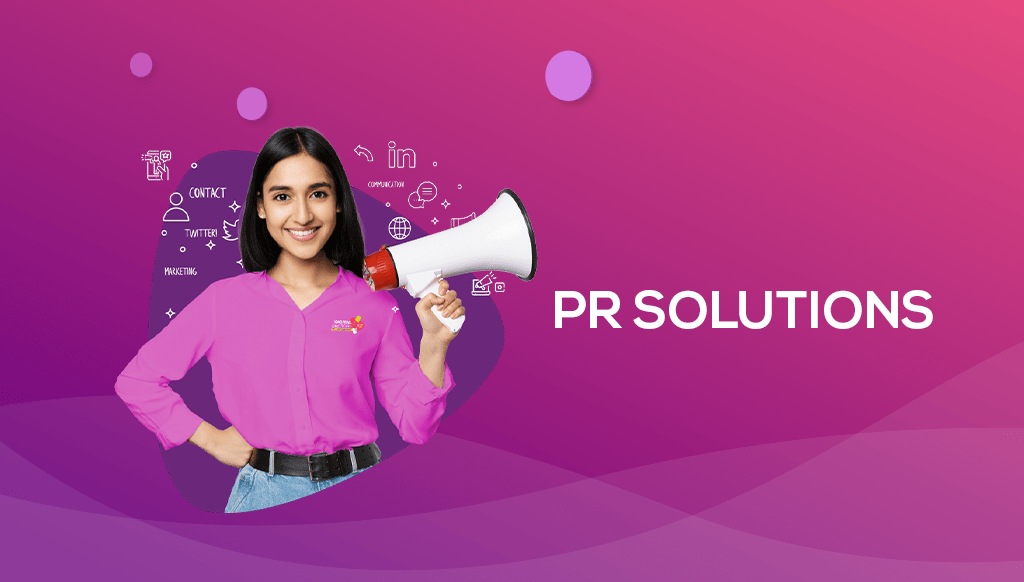
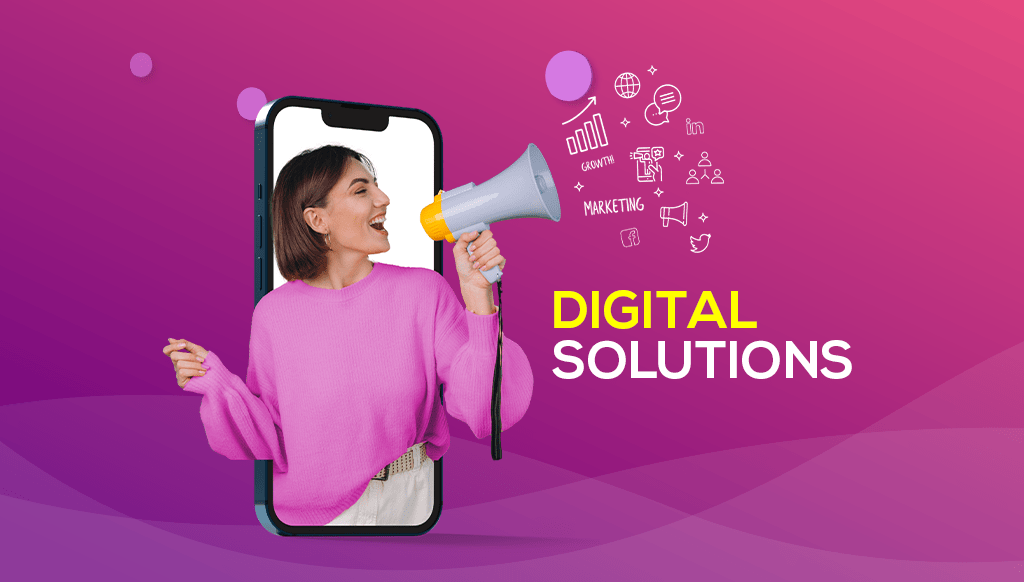


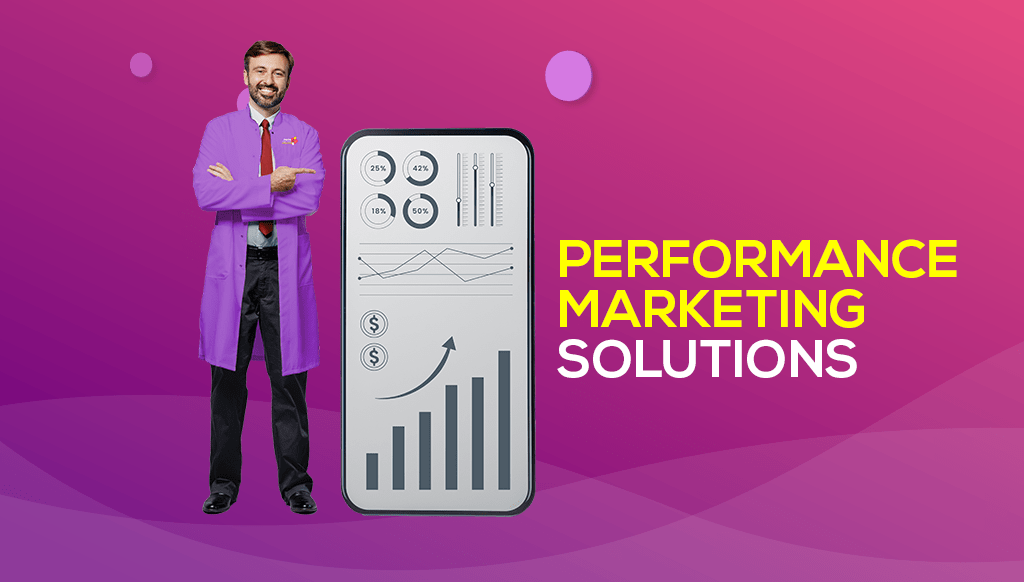
.png?v=1676960503)
